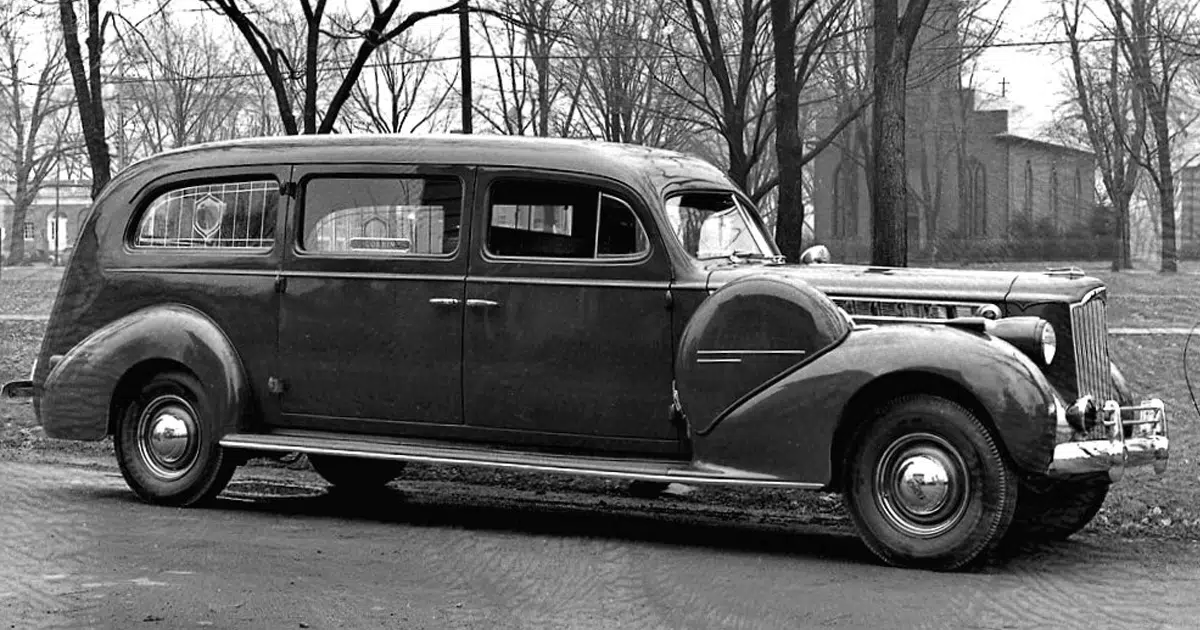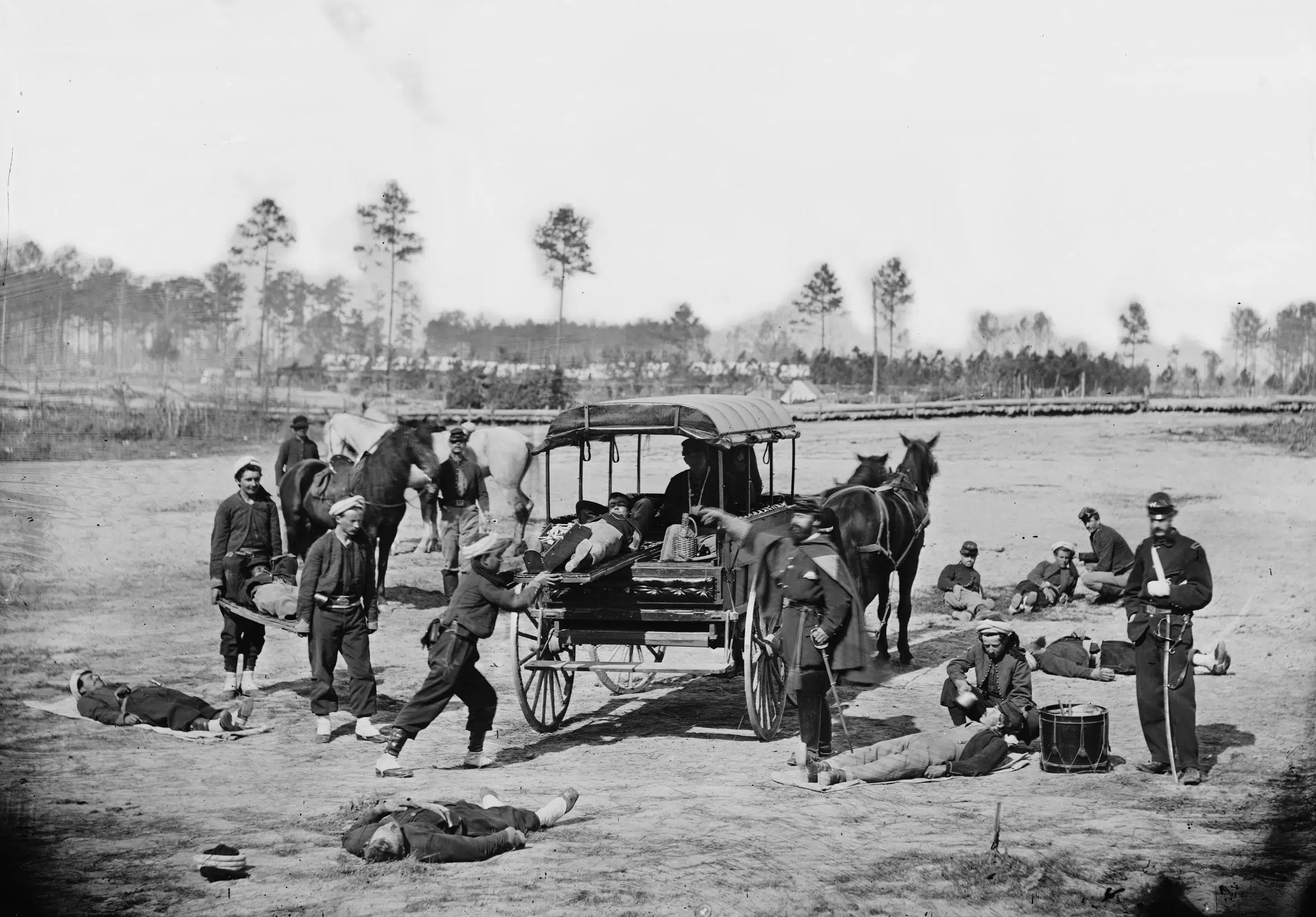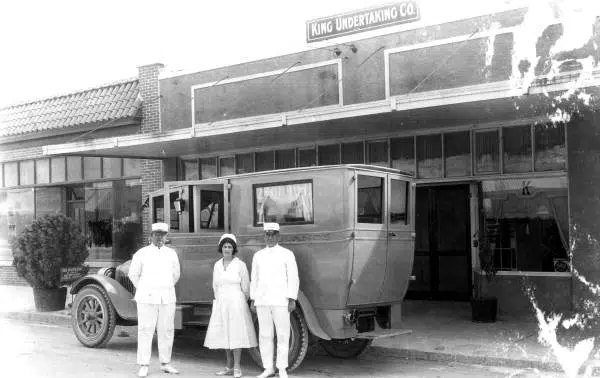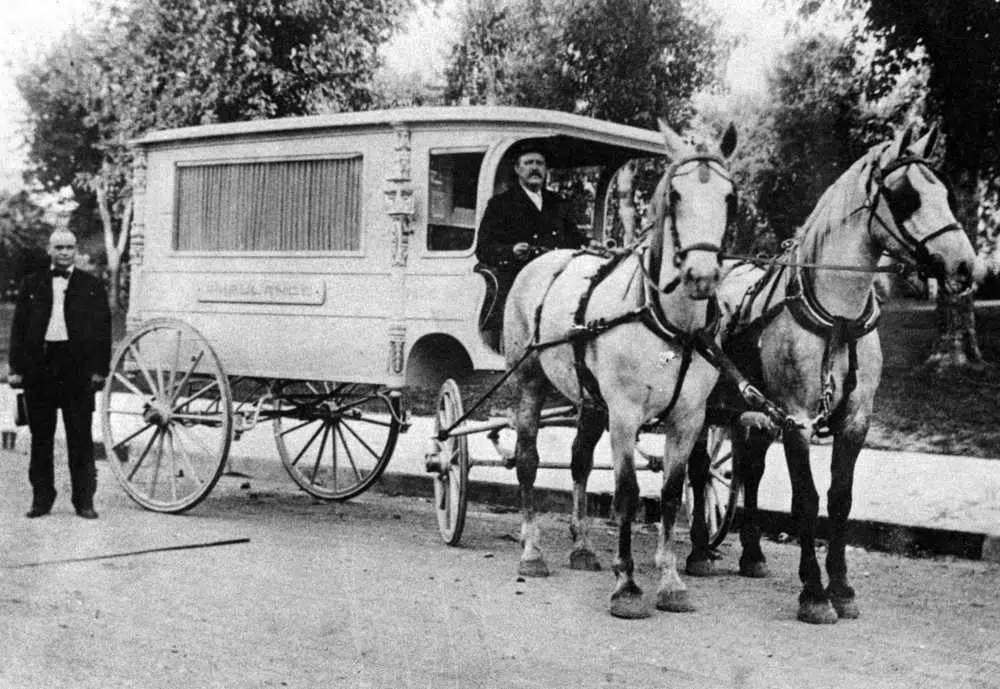Funeral Homes Were the First to Provide Ambulances
Featured in Ripley's Believe It or Not!

Ambulance services became common after the Civil War, and funeral home directors were some of the first to get in on the gig. In the early days, the lifesaving vehicles were powered by horses and featured sparse equipment—usually just a stretcher, blanket, and some whiskey to numb the pain.

A horse-drawn Civil War ambulance.


